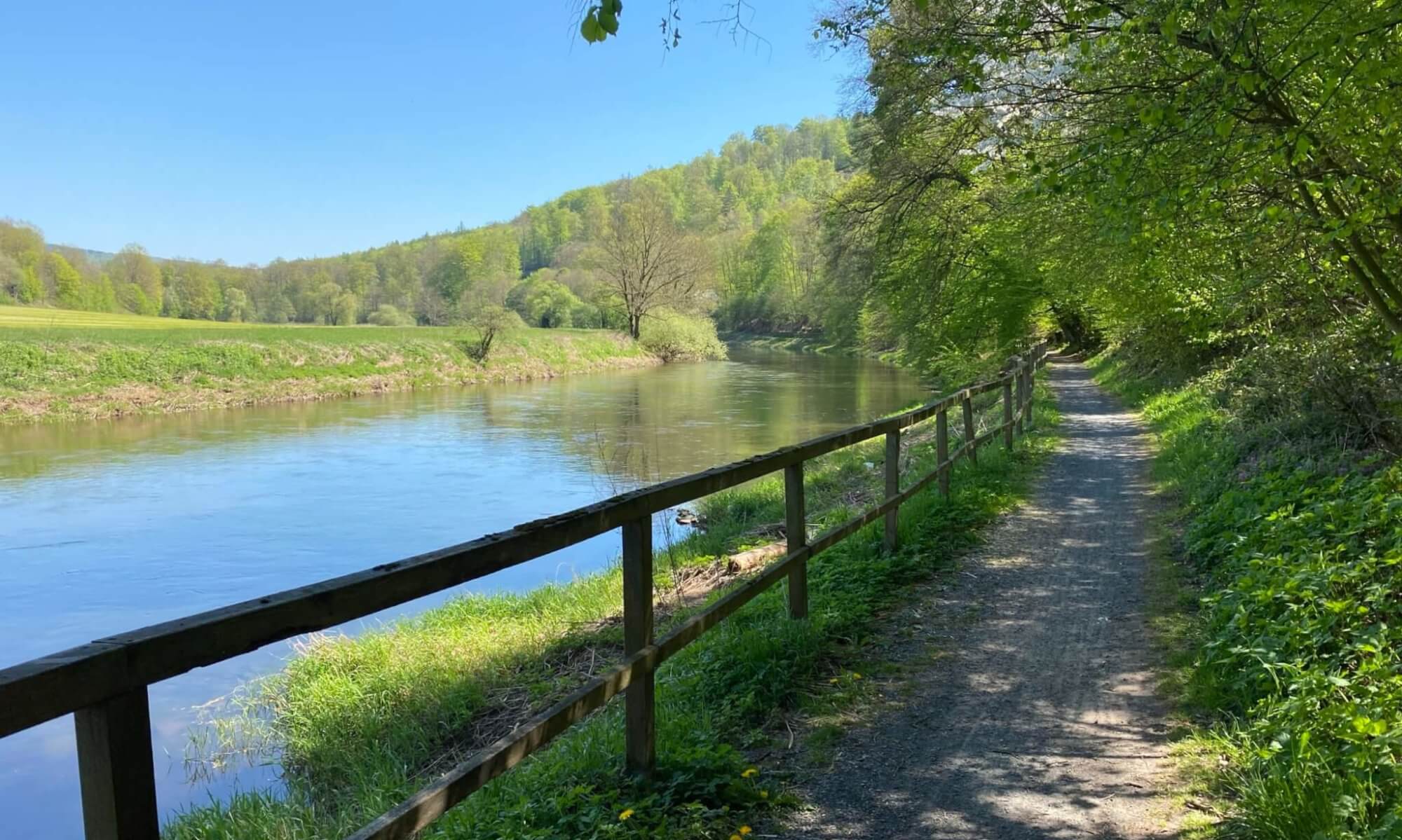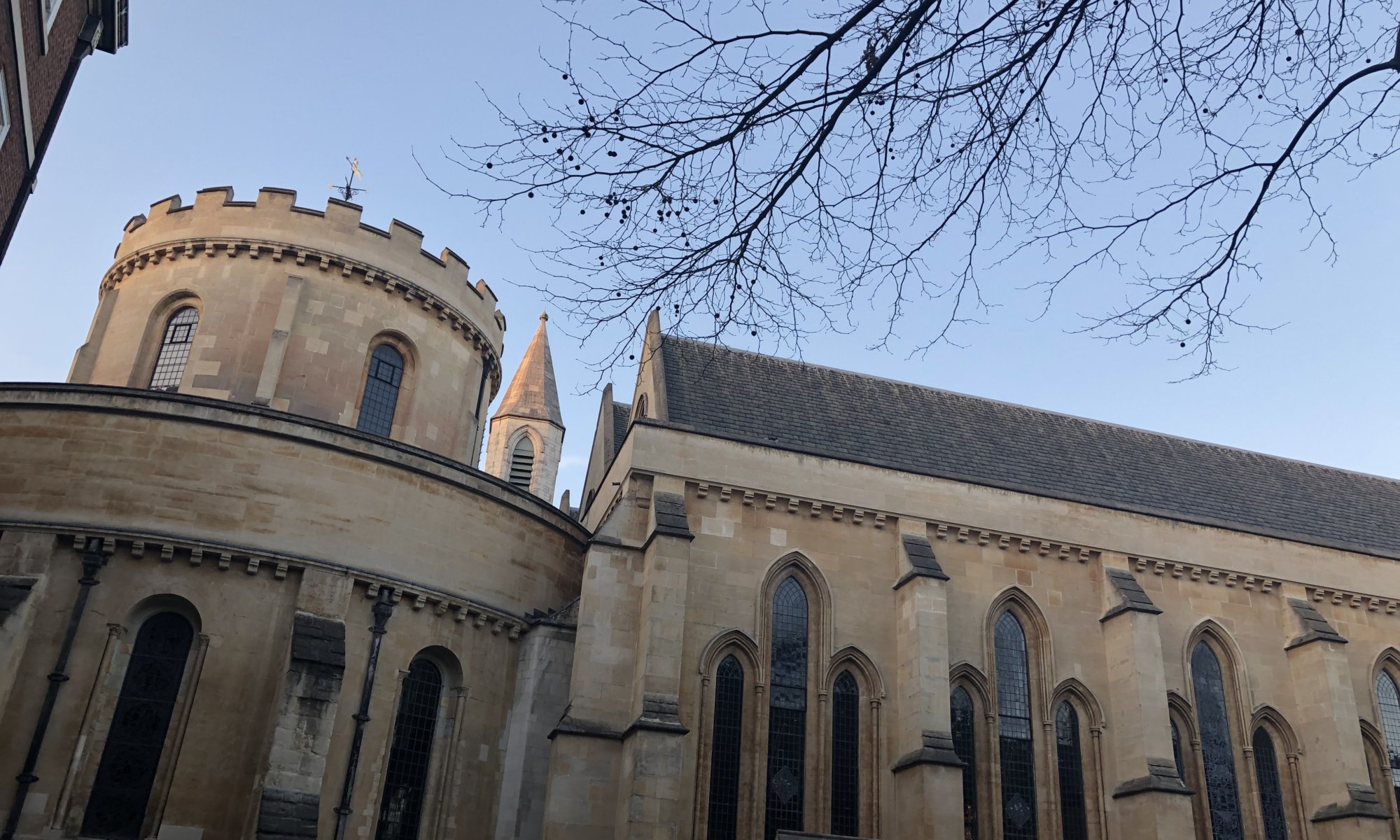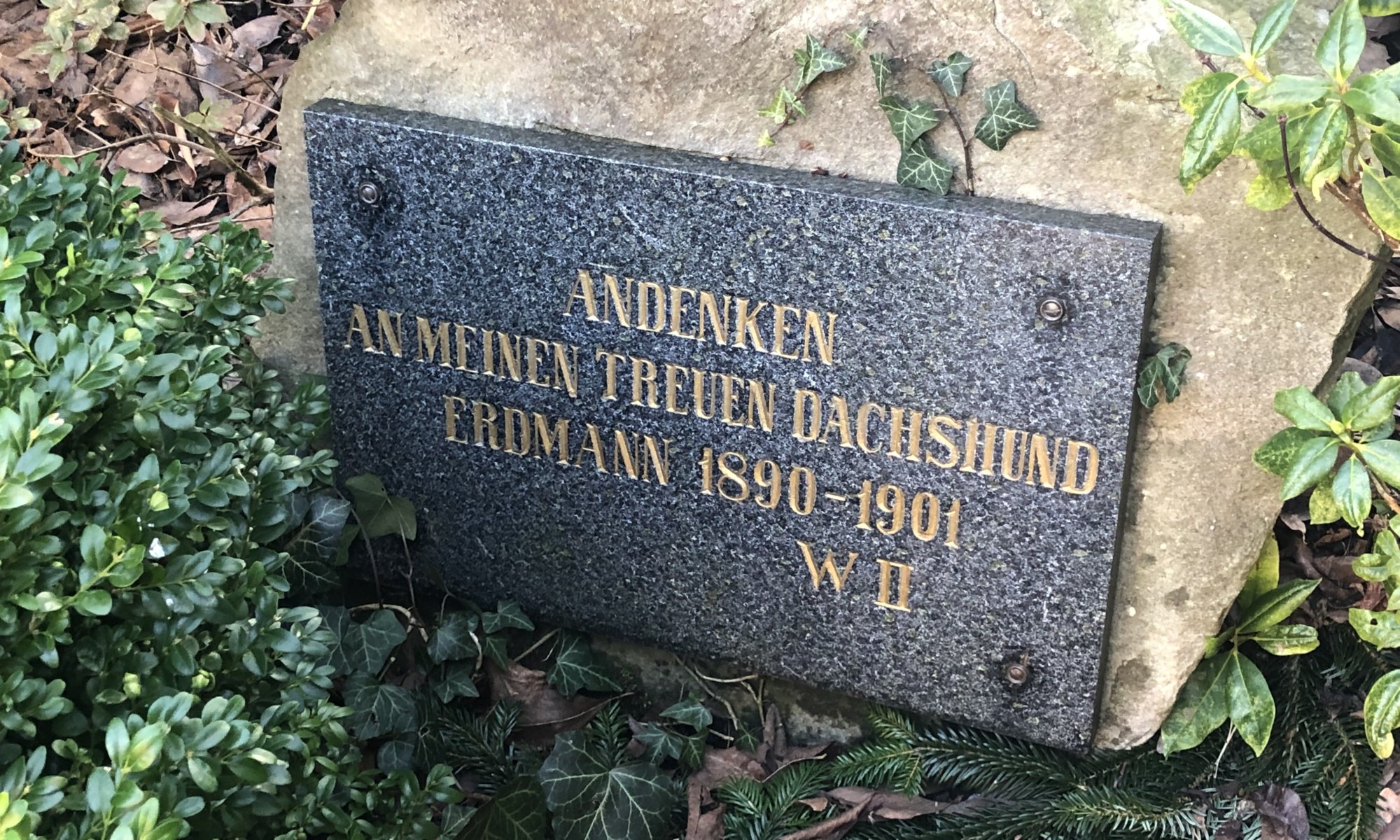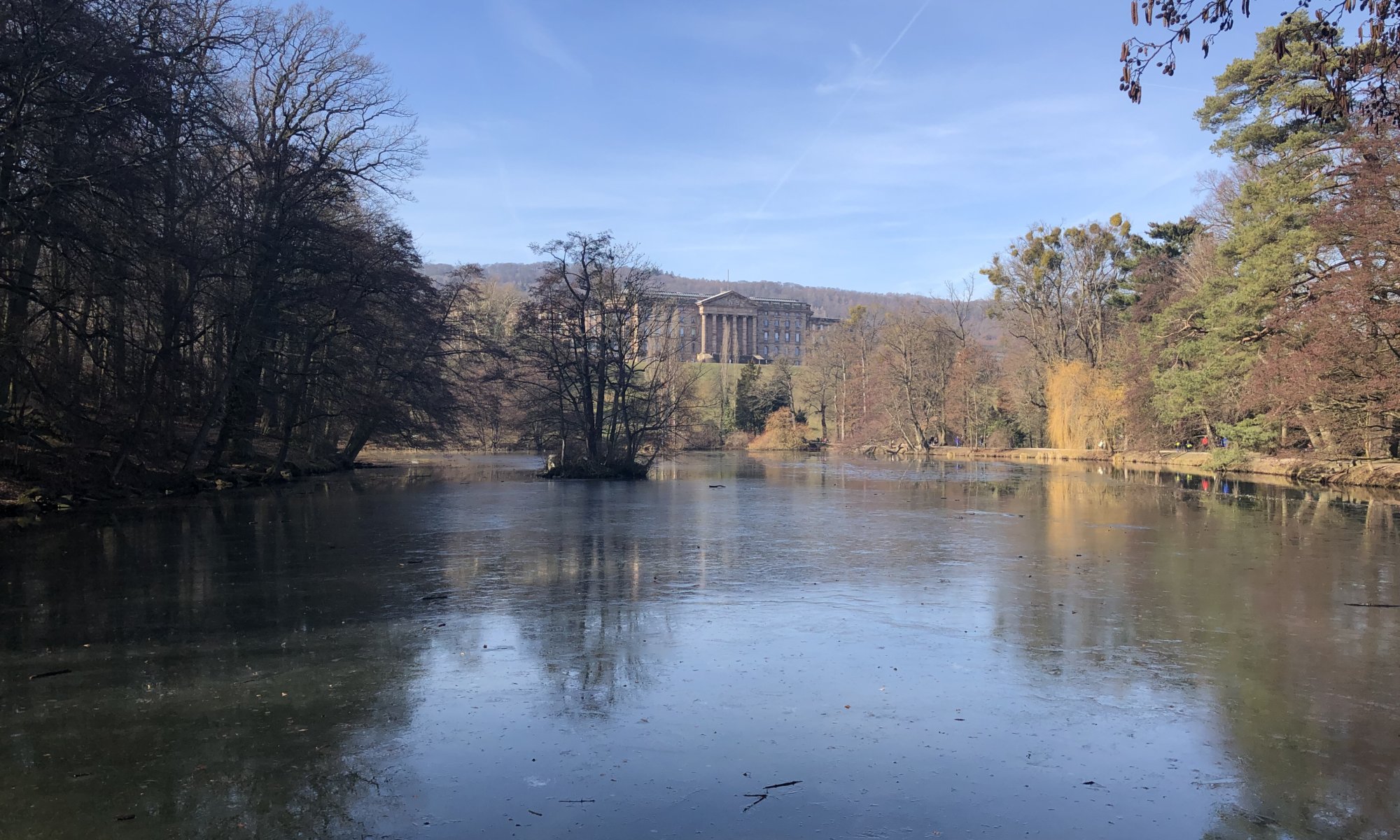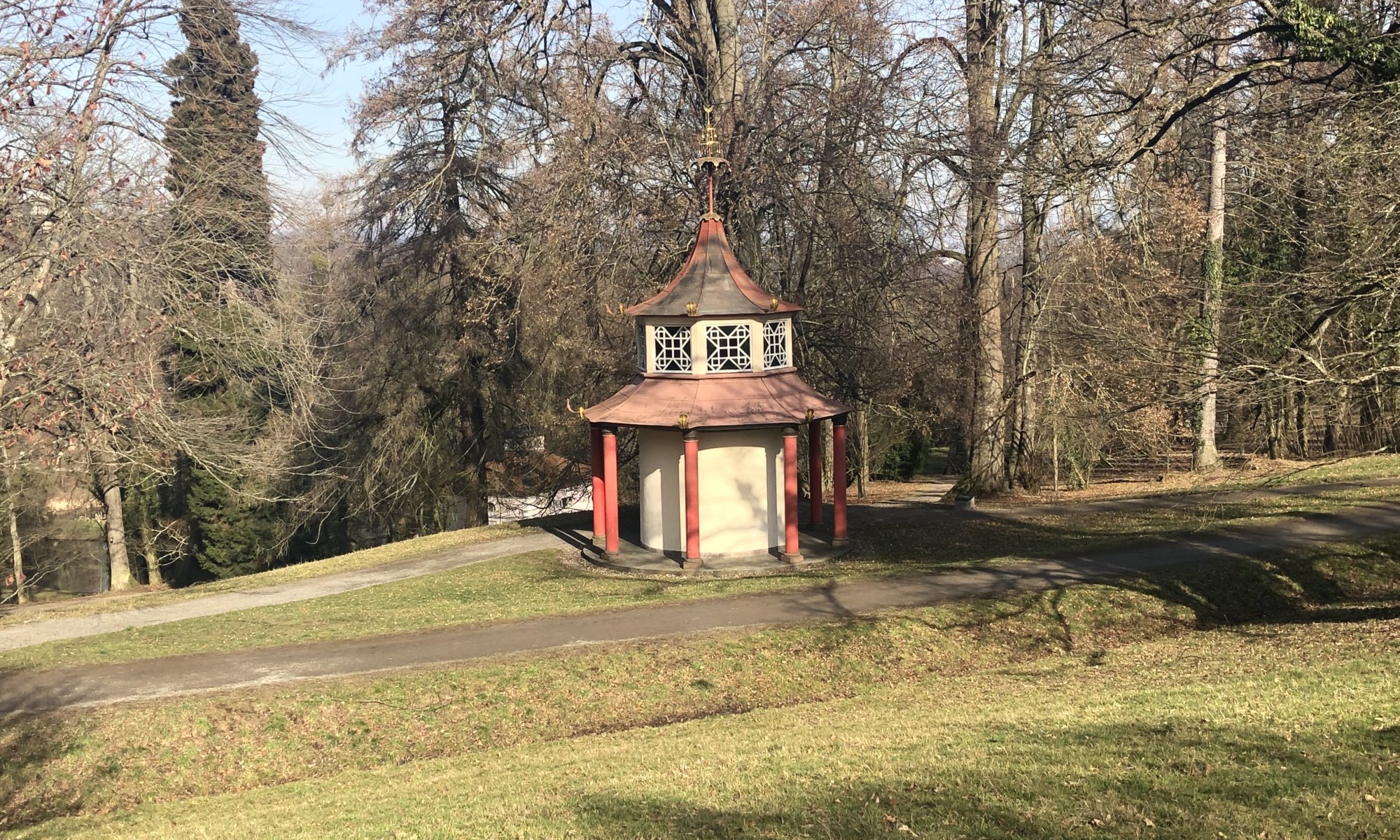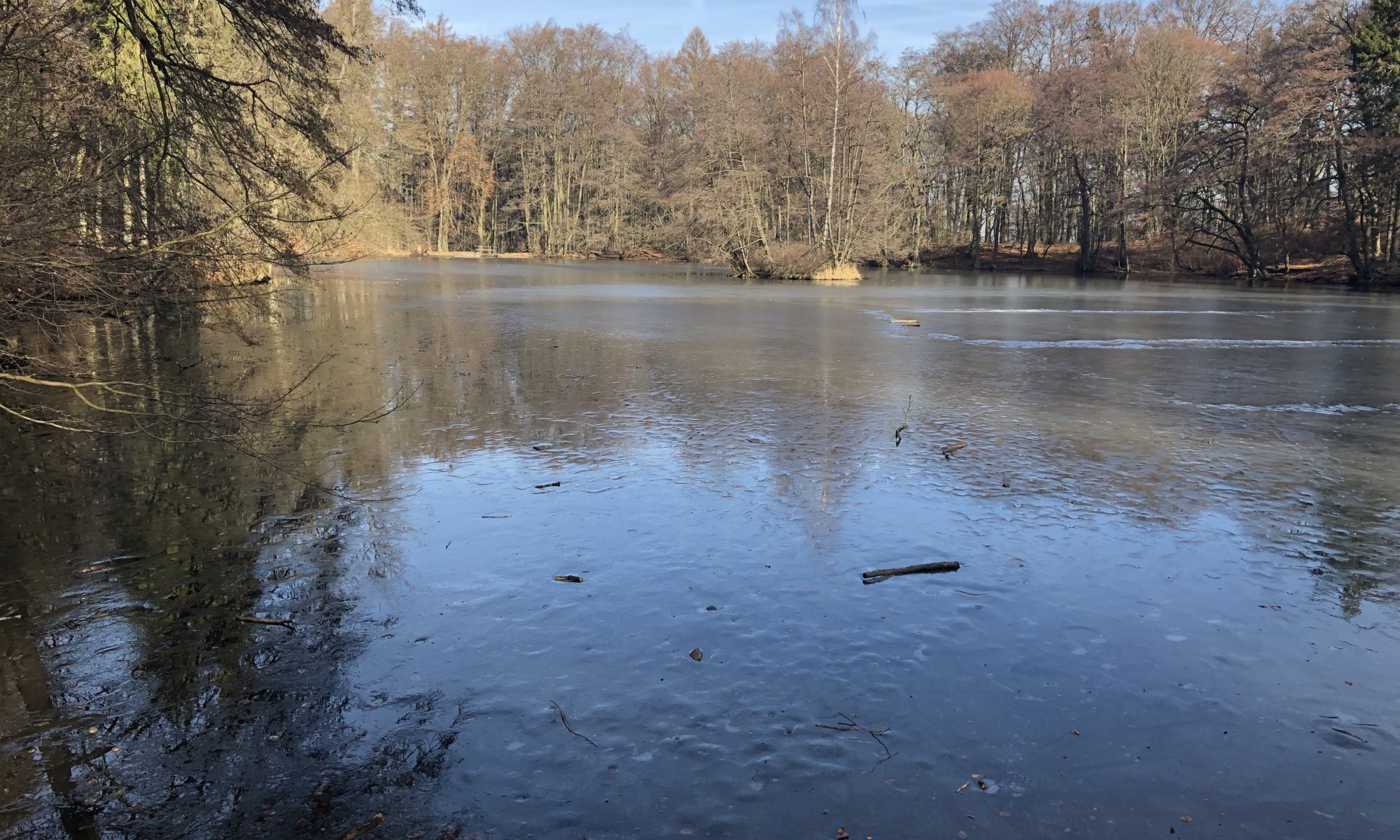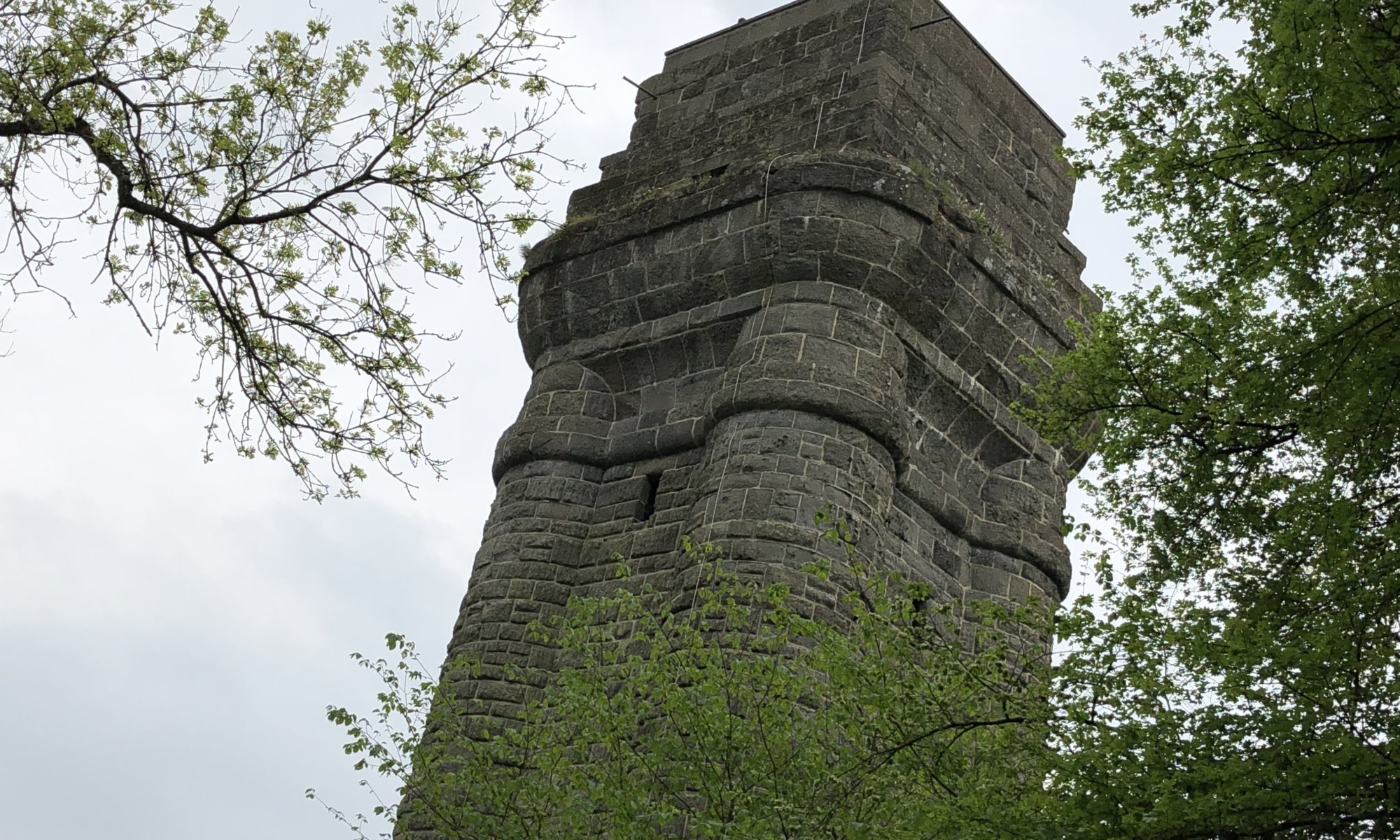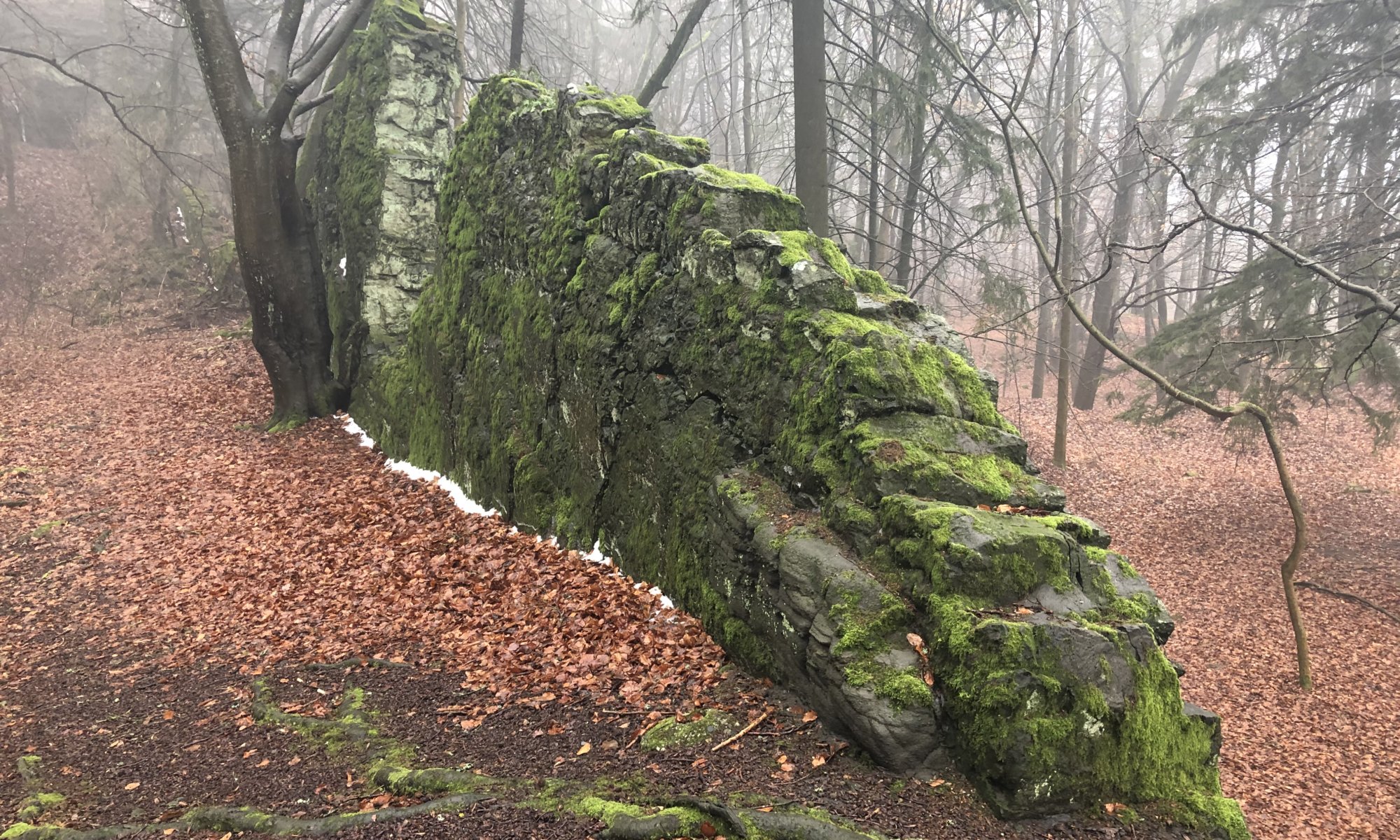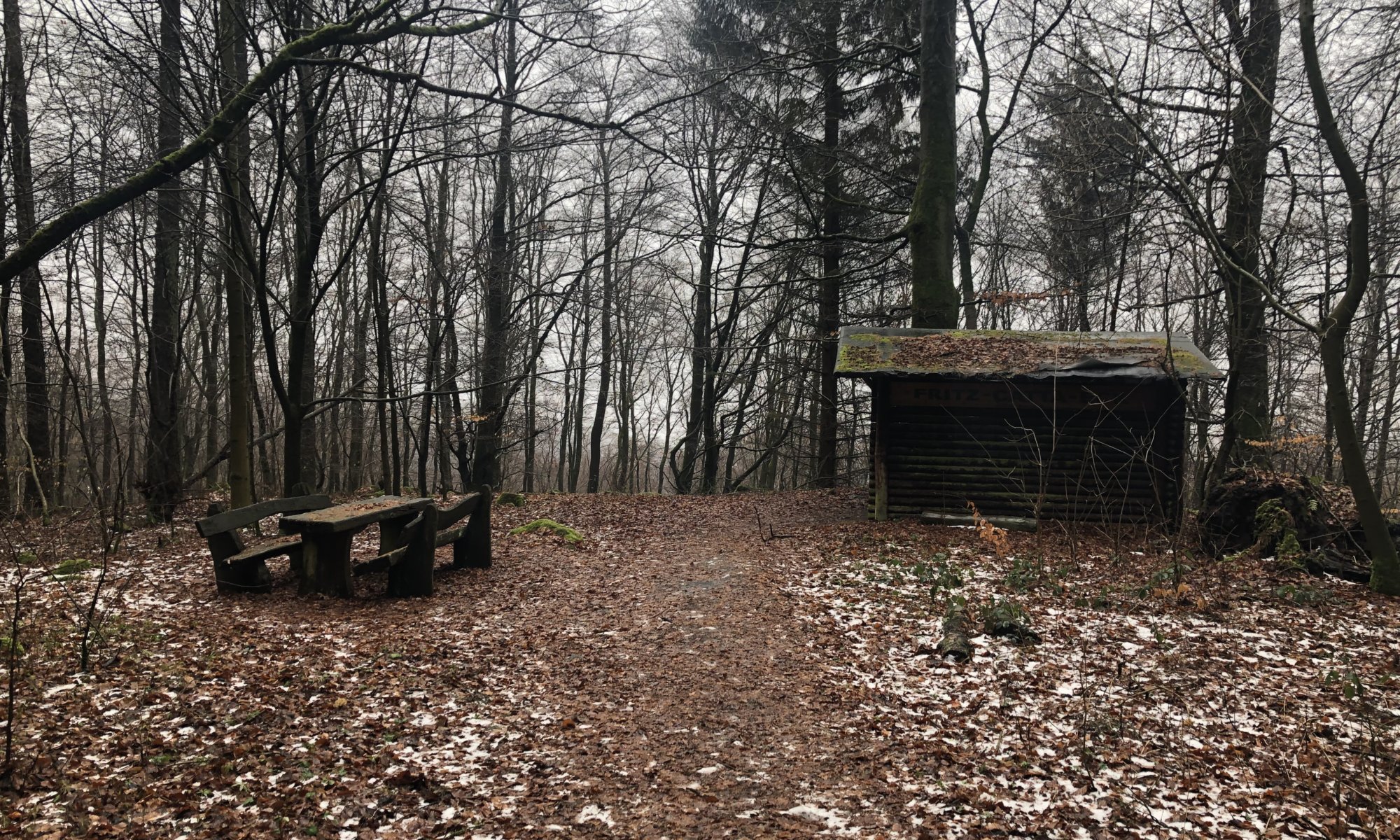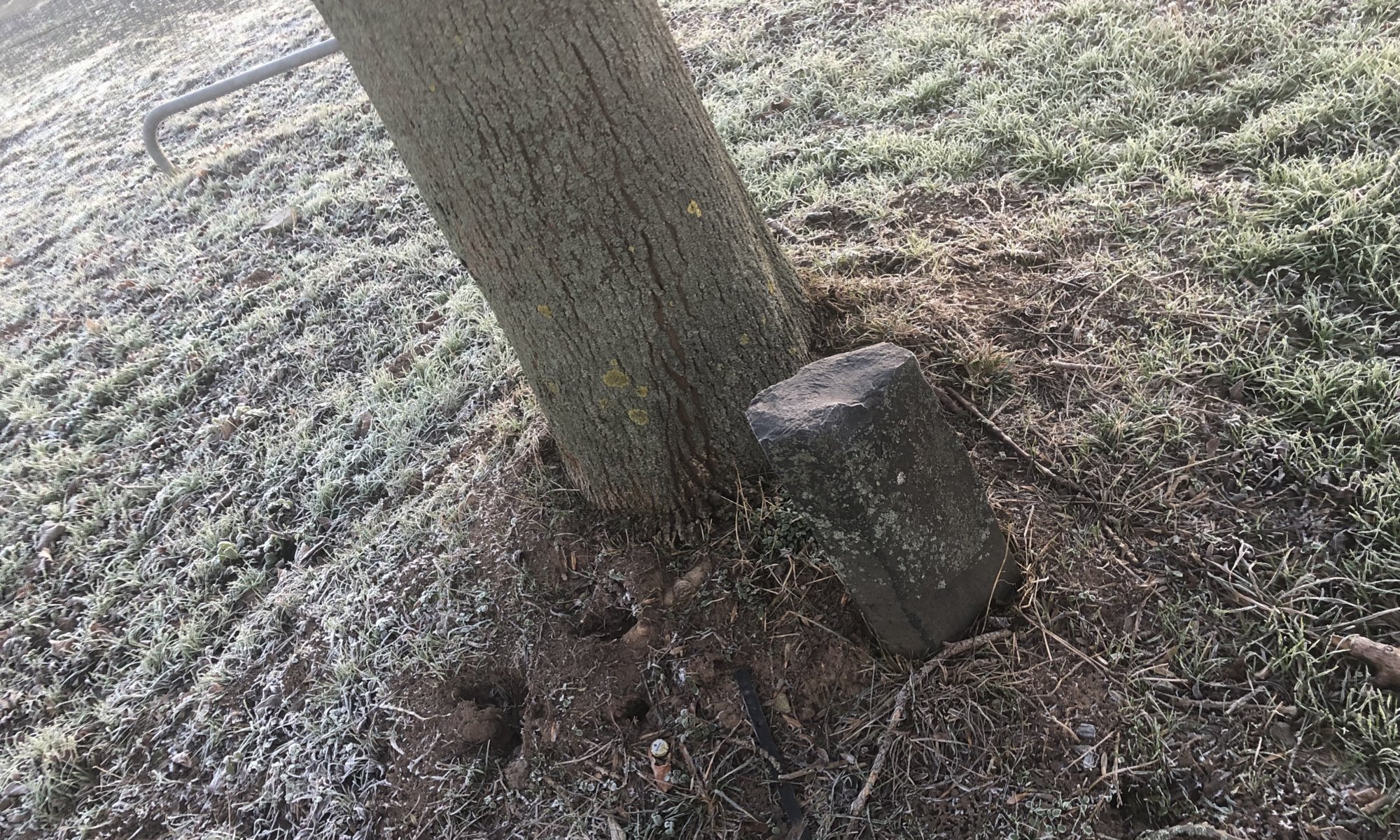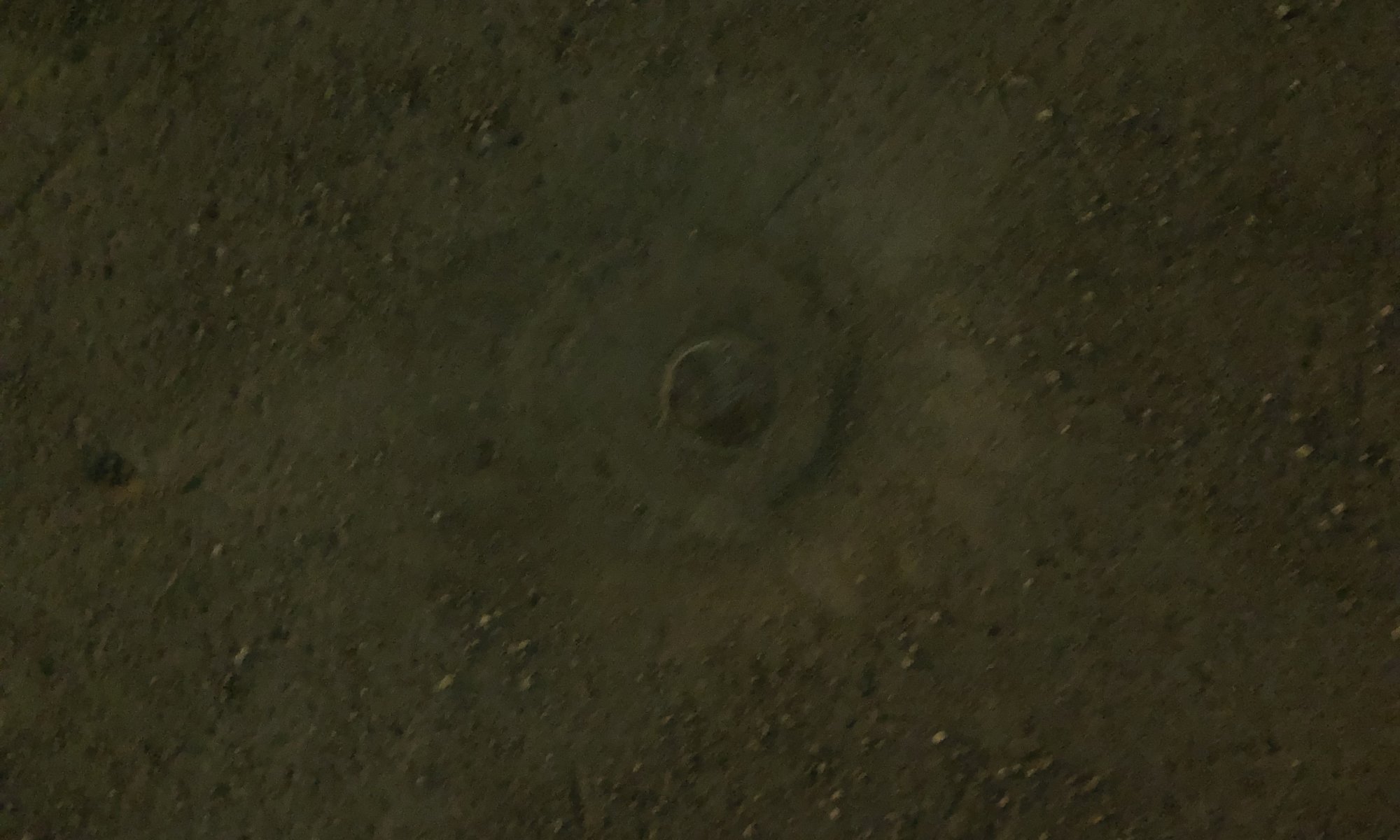The Poor Fellow-Soldiers of Christ and of the Temple of Solomon or short the Templars were a Cathology military order – one of the most powerful and massively engaged in the crusades. A building at London, England which was of great importance to them was the Temple Church, an Anglican built in the 12th century CE. It was also used for negotiations that lead to the signing of the Magna Carta.
Continue reading “Temple Church”Roseninsel
Within the Bergpark Wilhelmshöhe at Kassel, Germany you can see one of the oldest collections of roses – it dates back to year 1767. When the current building of Schloß Wilhelmshöhe was errected the Schloss Weißenstein – formerly located there – was destroyed. In 1798 the remains were thrown into the lake Lac next to the castle. Since then they formed the island Roseninsel which is now home to the rose collection.
Continue reading “Roseninsel”Lac
If you like a stroll in a park or watching bats and raccoons the Lac at the Bergpark Wilhelmshöhe at Kassel, Germany might be the right place for you. It is an artifical lake that belongs to the Schloss Wilhelmshöhe and was used by the different inhabitants of the castle. It was created in 1785 by connecting five former lakes and building small waterfalls and paths around the lakes. By that time it was normal to give French names to buildings and lakes (le lac = the lake).
Continue reading “Lac”Mulang
There was a time at Germany when everything from China was en vogue. That is why there was a Chinese village at the borders of the Bergpark Wilhelmshöhe at Kassel, Germany. It was built from the year 1781 on and was named ‘Mou-lang‘. Today still 13 of the 21 original buildings are in place – but you’ll have to search for them because their ‘Chinese style’ is unobtrusive and they are surrounded by different mansions built afterwards.
Continue reading “Mulang”Asch
The lake Asch at Kassel, Germany is an artifical lake created on a mountain belonging to the Habichtswald high above the city. It is used to store water for the ‘Wasserkünste’ of the Bergpark Wilhelmshöhe. In local dialect ‘Asch‘ means ‘pot‘ and that is exactly what this lake is: a pot full of water surrounded by a forest on a mountain. It is a nice place, there are benches to sit down and it is supposed to be very relaxing during summer – it doesn’t get that hot up there.
Continue reading “Asch”Bismarckturm
The Bismarckturm at Kassel, Germany is a look-out tower built between 1903 and 1904 on the Brasselsberg mountain in honor of the first German Reichskanzler Otto Fürst von Bismarck. You can easily spot it from everywhere in the city when looking at the mountains of the Habichtswald. In Germany 47 towers of the same design exist, but this is with 25.5 meters the highest one.
Continue reading “Bismarckturm”Teufelsmauer
When you take a long walk in the Brasselsberg area at Kassel, Germany and move into the direction of the Hirzstein mountain you can find something special: the ‘Teufelsmauer‘ or devils wall. It is a natural formation made of basalt that looks like a wall that is 30 meters long, 10 meters high and 90 centimeters thick. But the devil has nothing to do with it: it was magma that flowed into a crack in more weak rocks.
Continue reading “Teufelsmauer”Brasselsberg
The Brasselsberg is a 434 meters high mountain at Kassel, Germany which belongs to the Habichtswald in northern Hesse. It is an area with wonderful forests which is especially suitable for hiking. The paths are prepared well and signs guide you the right way which place you ever want to reach. Here you can find the Bismarckturm, the Teufelsmauer, old quarries for basaltic tuff and the Porta Lapidaria.
Continue reading “Brasselsberg”7000 Eichen
The documenta art exhibition has left numerous traces at Kassel, Germany. But none of these is as sustainable as the 7000 oaks that Joseph Beuys planted for the documenta 7 in 1982. It was officially finished in 1987 and the work is called ‘7000 Eichen – Stadtverwaldung statt Stadtverwaltung‘, a pun that only works in German. It means that you should create forests in the city (‘Stadtverwaldung‘) instead of administering a city (‘Stadtverwaltung‘).
Continue reading “7000 Eichen”Vertikaler Erdkilometer
When you’ve been at Kassel, Germany you might have been pretty close to this documenta artwork without noticing it. It is nearly invisible because it goes down one kilometer into the earth – and there is not much to see. ‘Vertikaler Erdkilometer‘ has been created by artist Walter De Maria for the documenta 6 in 1977. It can be found on the Friedrichsplatz between the Fridericianum and the monument for Frederick II, Landgrave of Hesse-Kassel.
Continue reading “Vertikaler Erdkilometer”